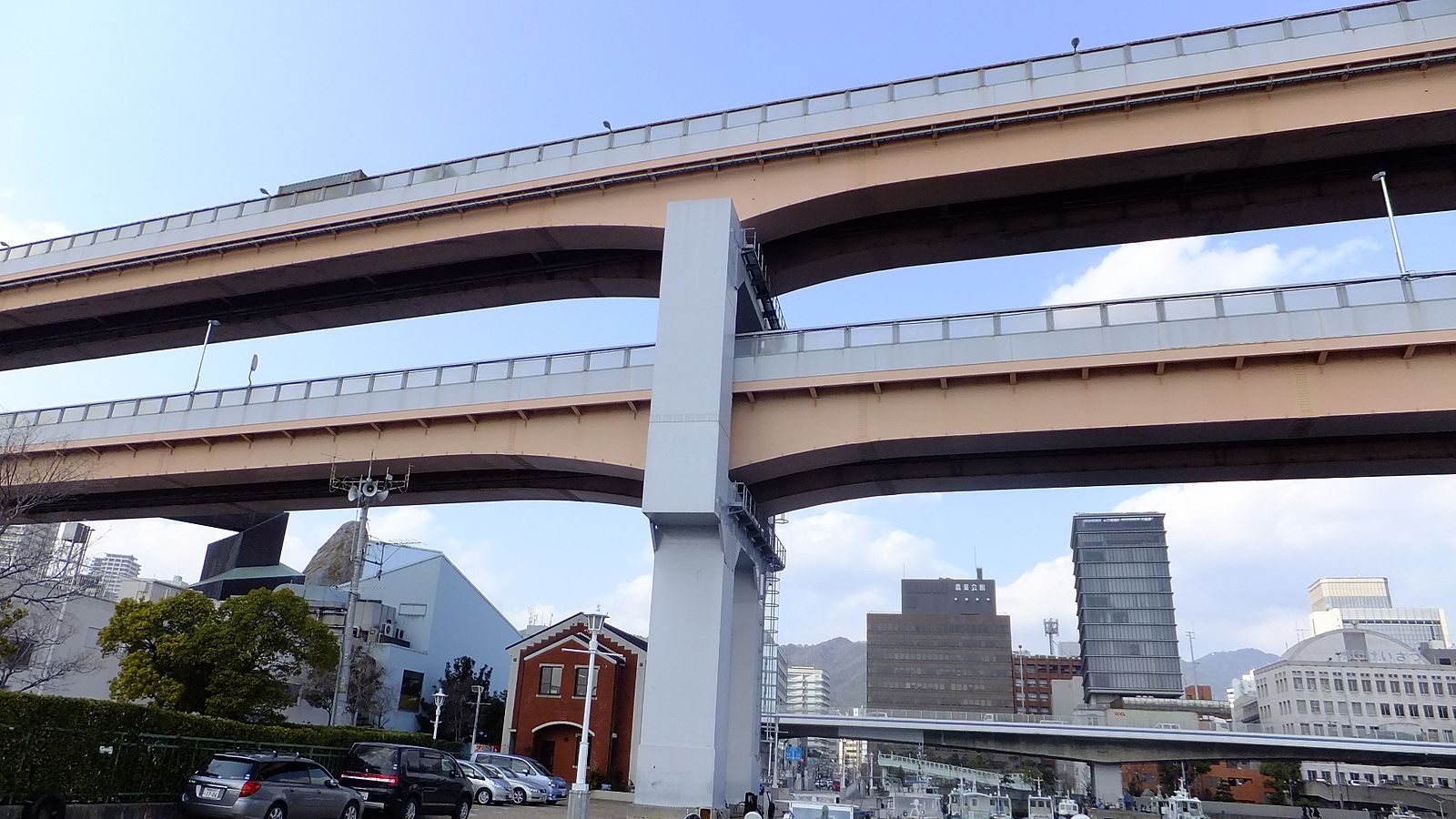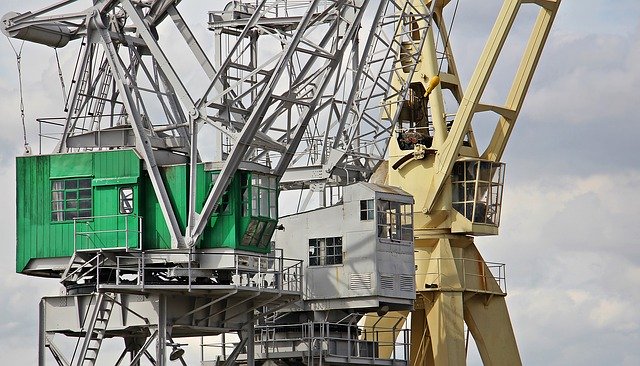Earthquake Risk Transfer for Transportation systems

Sector
Including fuel supply, railway network, airports, harbors, inland shipping;
Sector partners include individuals, groups, and organizations that have responsibility for the security and resilience of the Sector’s assets, systems, and networks. Federal, State, local, tribal, territorial, and foreign governmental entities; critical infrastructure owners and operators; and regional organizations and coalitions are responsible for critical infrastructure security and resilience. Academic and professional entities, international organizations, nonprofit employee representative organizations, volunteer organizations, and the public are important community stakeholders.

Sector Risks
Risks to critical transportation infrastructure include natural disasters as well as manmade physical and cyber threats. Manmade threats include terrorism, vandalism, theft, technological failures, and accidents. Cyber threats to the Sector are of concern because of the growing reliance on cyber-based control, navigation, tracking, positioning, and communications systems, as well as the ease with which malicious actors can exploit cyber systems serving transportation.
Natural disaster risks to transportation systems include earthquakes, wildfires, flooding, and extreme weather events, such as blizzards, hurricanes, tornados, and droughts, all of which have the potential for widespread disruption of transportation services. Risks from natural disasters have a varying regional or local relevance because of prevailing weather patterns, geological trends, topographical features, and population density.
Sector Partners and Stakeholders
Sector partners include individuals, groups, and organizations that have responsibility for the security and resilience of the Sector’s assets, systems, and networks. Federal, State, local, tribal, and territorial, and foreign governmental entities; critical infrastructure owners and operators; and regional organizations and coalitions are responsible for critical infrastructure security and resilience. Academic and professional entities, international organizations, nonprofit employee representative organizations, volunteer organizations, and the public are important community stakeholders. The Sector engages its partners through a collaborative process to determine Sector goals, priorities, and risk methodologies as they relate to the physical, human, and cyber elements of critical transportation infrastructure.
